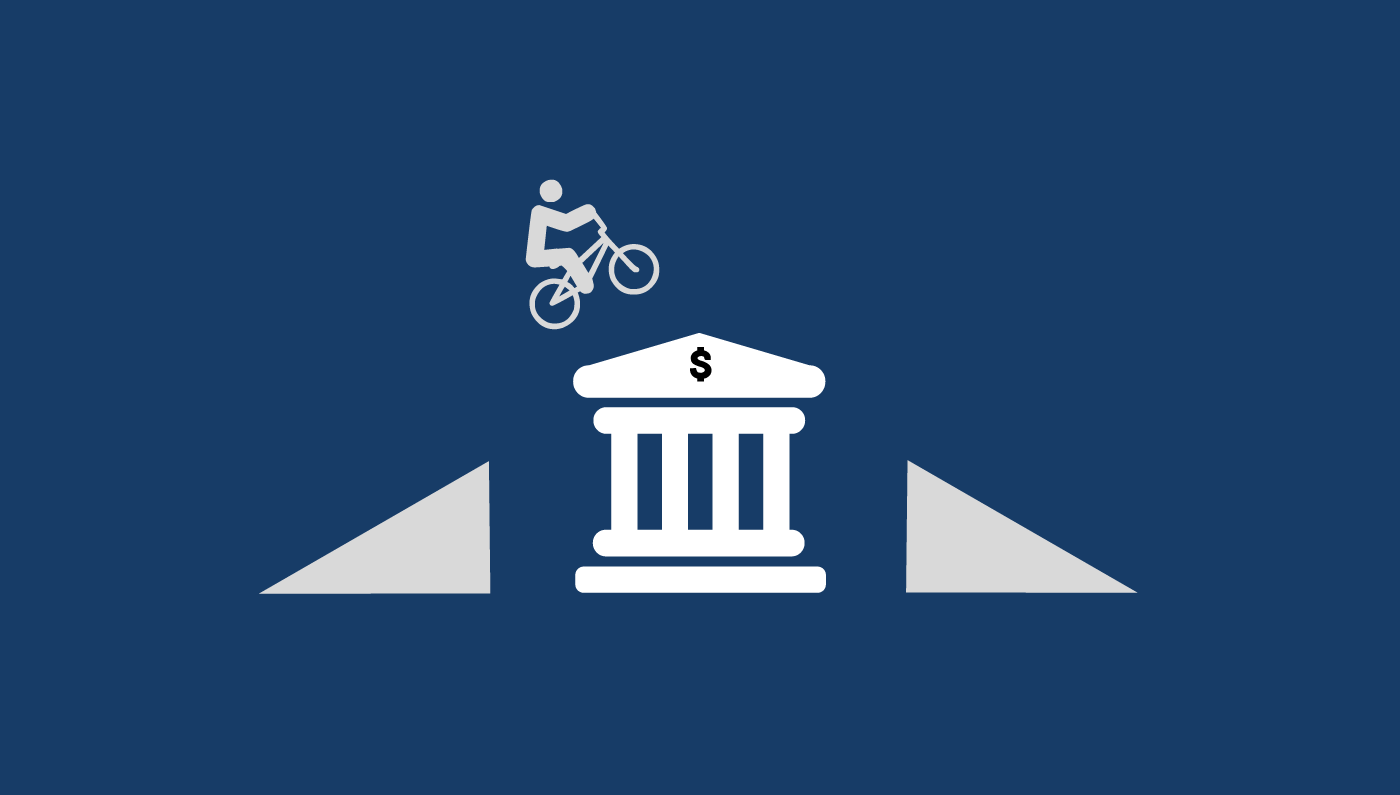This is the third part in our series on the unbanked, or the estimated 28% of Americans who don’t have regular access to mainstream financial services like banks and loans. Though it might not be obvious, this demographic represents one of the last “blank spaces” in the financial market, not to mention that these are regular people who deserve new and innovative ways to manage their money that move them away from predatory practices. If you’d like to read more from our series, check out part one on the unbanked and underbanked and part two on the alternative services these groups rely on.
For four months, urban policy researcher Lisa Servon worked the counter at RiteCheck, a check cashing provider in Harlem. She was there to study why people relied upon RiteCheck’s services rather than using a traditional bank.
What she found wasn’t very encouraging for mainstream banks.
RiteCheck customers she interviewed— as well as participants on a financial help hotline she frequented— reported that they chose check cashing over a bank account for one major reason: they could understand what they were getting into.
Servon reports in an article for the New Yorker that customers looking to open a checking account at any of the top ten American banks must read through, on average, more than 100 pages of documentation and legalese to find out the most basic information about their accounts: when fees are charged and how much they will cost.
Contrast that with RiteCheck, Servon says, where “the fees for each transaction are typically displayed on large illuminated signs that span the row of teller windows, like the menu sign at a fast-food restaurant.”
For customers whose income is low or unpredictable, these fees can be vital knowledge. Consider the fact that, according to a 2013 study, families that once had a bank account were more likely to become unbanked after losing a job, suffering a cut in salary or losing health insurance coverage. And for minority and immigrant families, the chances of being unbanked are often even higher. In none of these situations can a potential customer afford to slip up and lose money to unexpected bank charges.
Not to mention, at RiteCheck, Servon added, customers got their questions answered from employees they knew and trusted. In a companion piece at the Atlantic, Servon explores her time at the check cashing outlet, saying that tellers knew customers by name, helped them with personal issues and checked on their regulars over the phone— the type of personalized customer service that would be rare, at best, in today’s mainstream banks. For people who are often already pushed to the margins of the economy, such a personal touch was a welcome benefit of using a business like RiteCheck over an impersonal big bank.
But it’s not just high fees and negligible customer service that keep unbanked customers away from mainstream banks and financial institutions. Among the other challenges facing the unbanked looking to use a mainstream bank are:
- confusion: Keeping money in a bank account is a very different system than handling cash or relying upon check cashing services. Using a bank account comes with both restrictions and benefits and a steep learning curve for the unfamiliar.
- marginalization: To operate effectively in a bank, customers need to be familiar with basic terms and processes. Unbanked customers may feel uncomfortable in an environment where employees dress and speak differently and where employees do not always make a personal connection to the customer.
- skepticism: According to the FDIC, more than 7 million Americans are flagged in the ChexSystems database that banks use to approve checking and savings accounts. For many, these flags come from overdraft fees or unpaid bills and lead to denial from mainstream banks, leading to a sense of skepticism from the unbanked who may have tried to use a bank in the past. Add to that surprising or unexpected fees or charges, and banks have a hard time winning back jilted customers or persuading wary new ones.
- pressure: Many unbanked customers can’t afford to wait for checks to clear into accounts, to maintain minimum balances or to go through cumbersome processes to get money orders or transfer funds. For the majority of these consumers, each paycheck is needed immediately to pay rent, buy necessities and make other monthly payments, and a traditional checking account simply may not be seen as the fastest, easiest alternative. Respondents to an FDIC survey said the most common reason they skipped banks was that they didn’t have enough funds for a bank account to be practical.
Next week, we’ll take a look at why banks should care about this demographic, as well as ways that big financial institutions can reach the unbanked in the first place.
Stay tuned.

